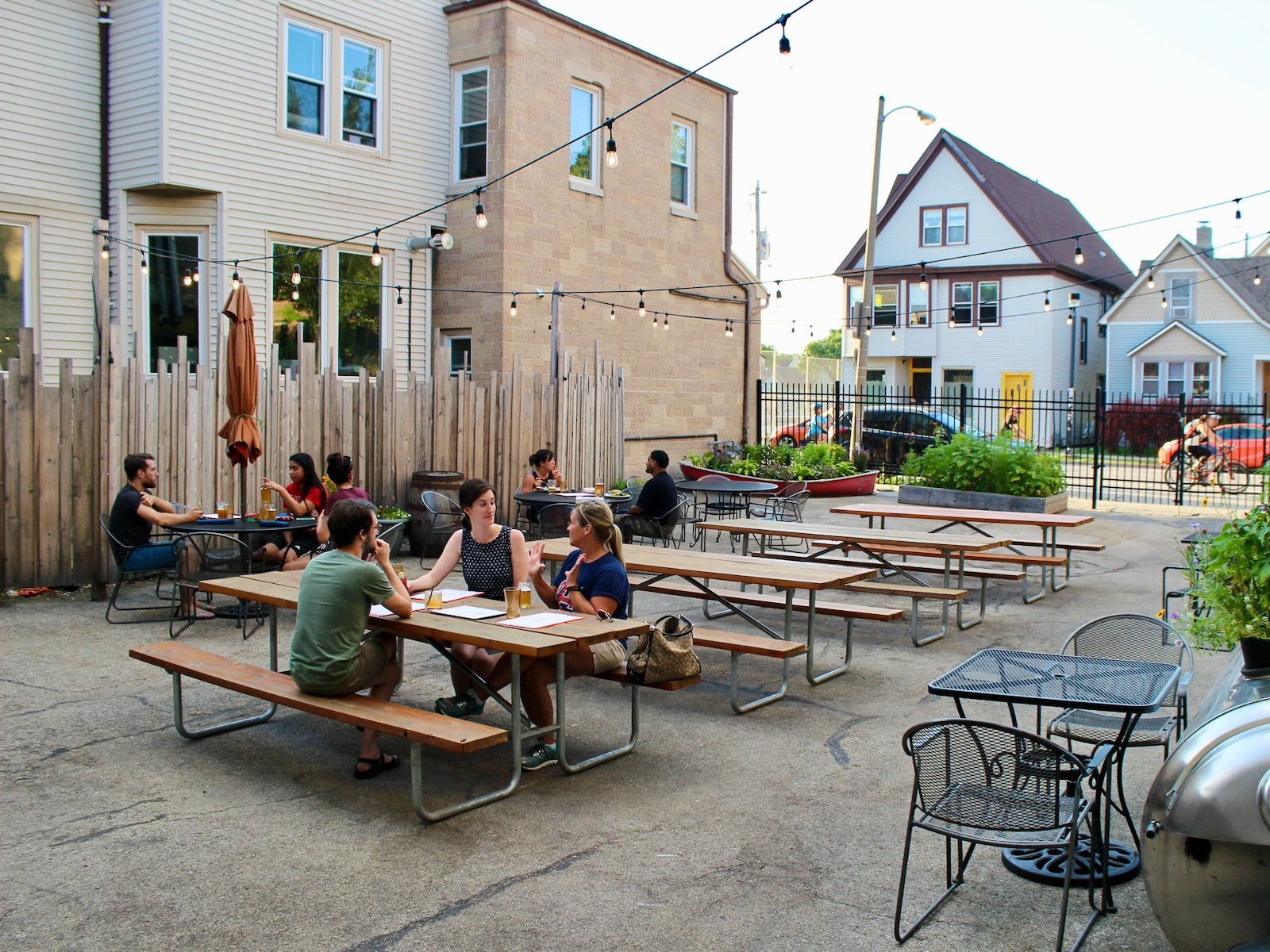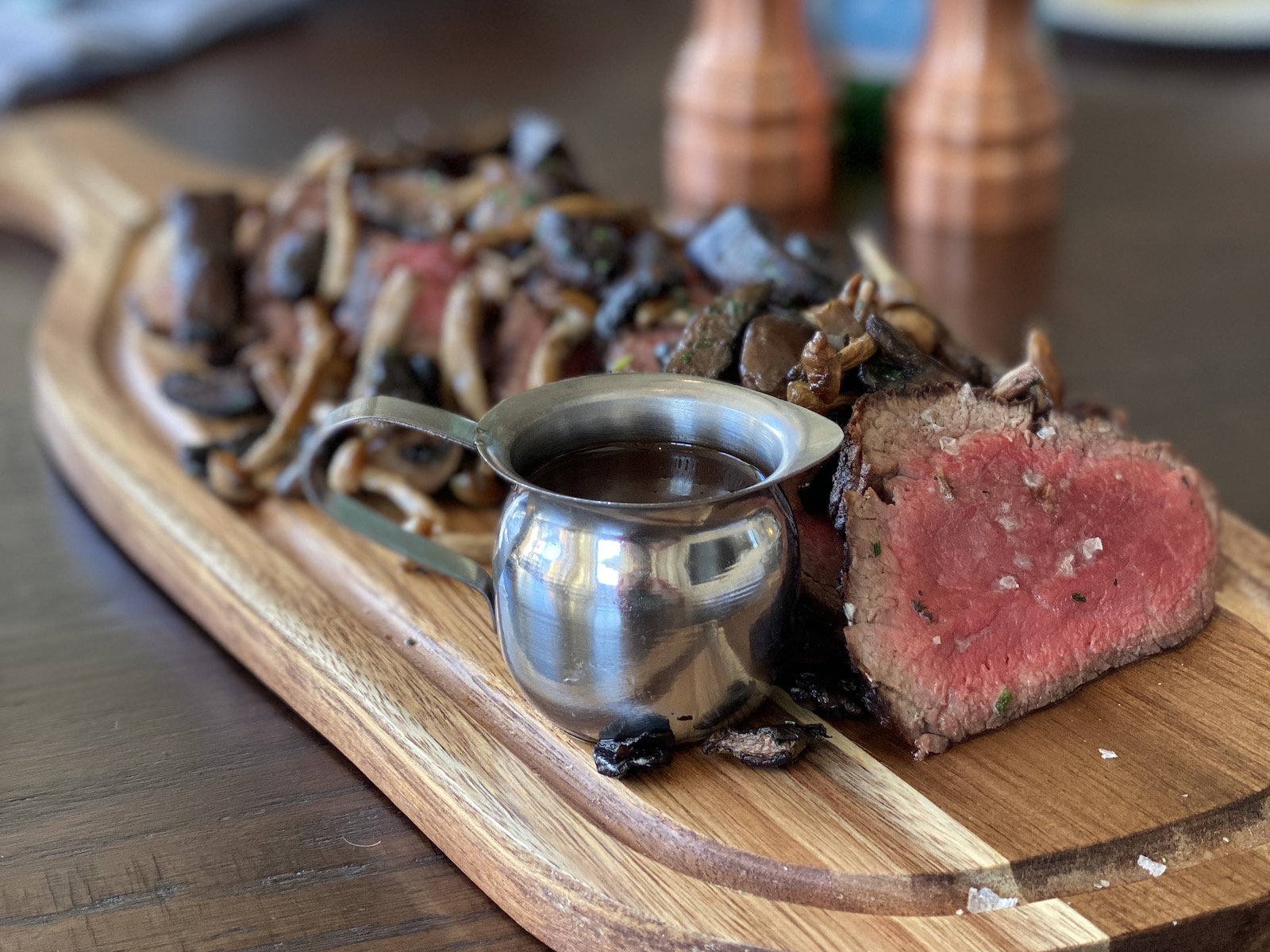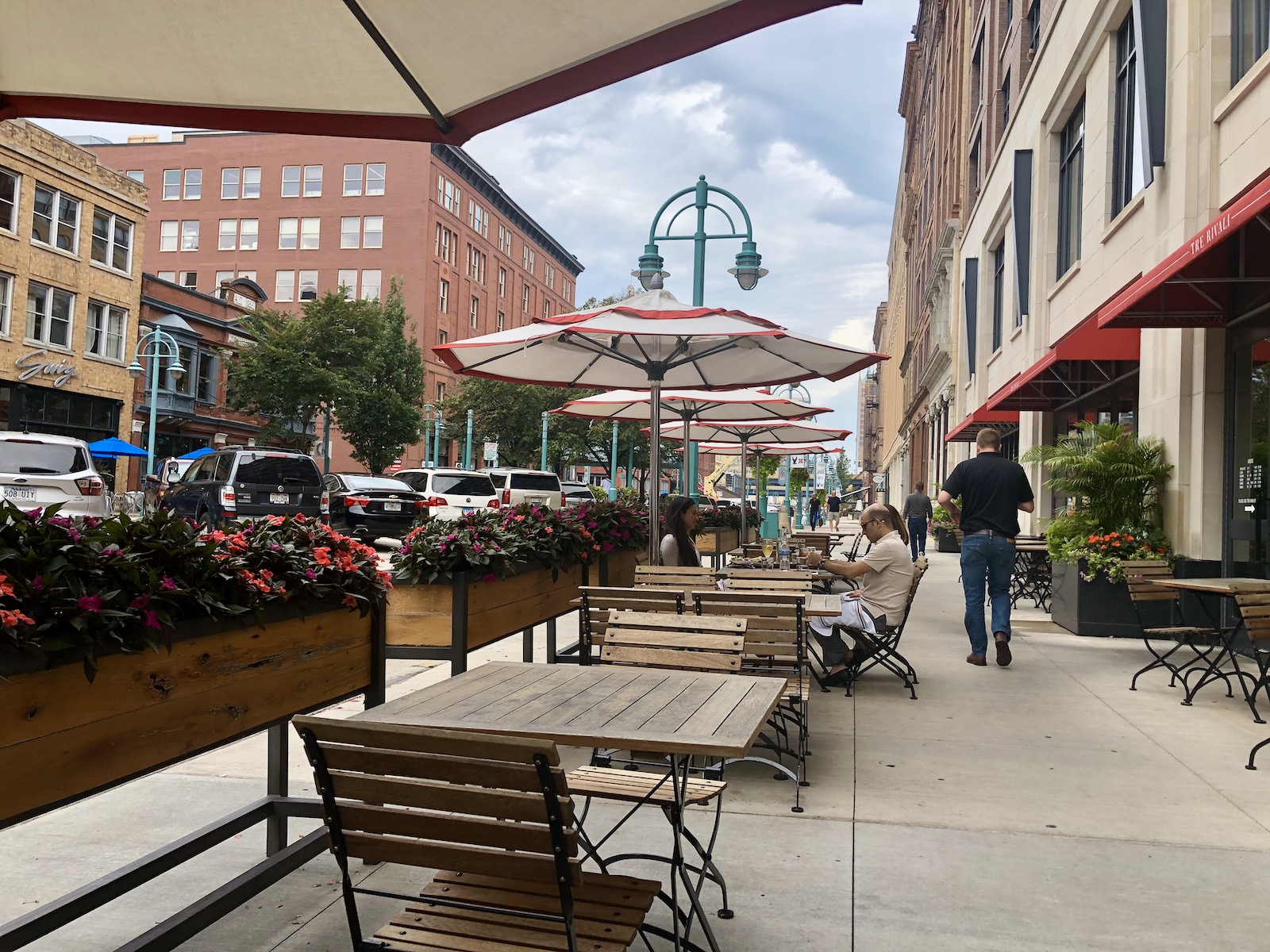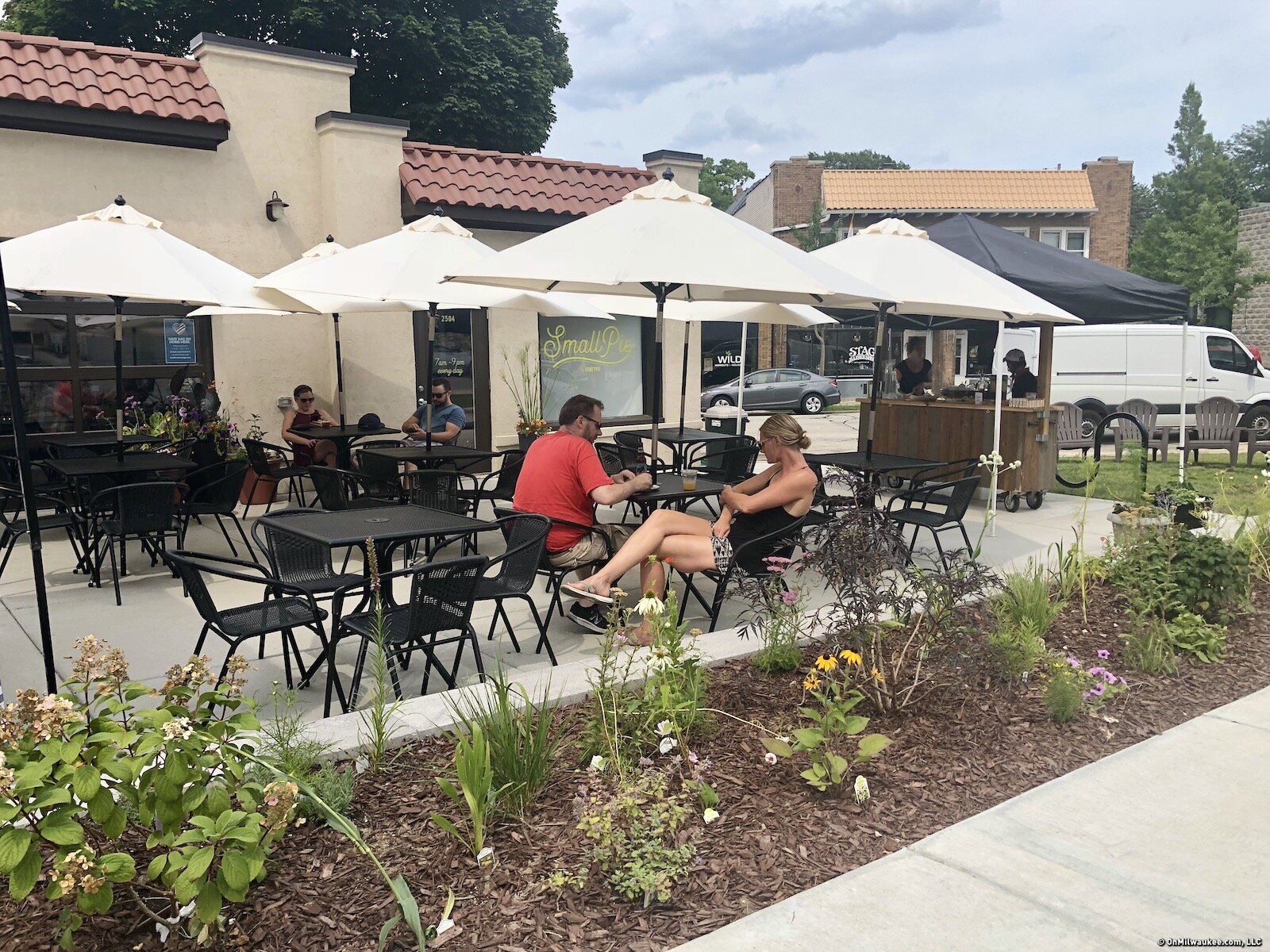As restaurants across the country have opened their doors for indoor and outdoor dining during the COVID-19 pandemic, diners everywhere are faced with a conundrum. How do they support the beloved local restaurants they’ve grown to love while maintaining their own safety and well-being?
It’s a tough question. After all, dining out is a social activity which derives a portion of its joy from communing with others – a luxury many have forgone for the sake of safety. And yet, patronizing favorite restaurants and ensuring that they can remain open is at the top of nearly every food-loving citizen’s mind.
The basics
Current research shows that primary transmission of the novel coronavirus is through aerosol particles and respiratory droplets, which are released when humans talk, cough, sneeze or laugh. There is also increasing evidence that the virus can spread through airborne transmission (caused by those tiny particles hanging in the air for an extended period of time). The effective spread of those droplets is compounded by the amount of time you spend in proximity to others, the distance you keep from them and the amount of ventilation in the area where you are.
Contact with contaminated surfaces can also pose risk, but that is no longer considered to be the primary way the virus is spread. Surface contamination risk can be mitigated by hand-washing and the use of hand sanitizer, as well as avoiding touching your nose, mouth or eyes.
Safety measures implemented by bars and restaurants mitigate some of the risks. However, experts agree that there is no effective way to make dining out a completely risk-free experience.

Be smarter. Stay safer.
- Choose to stay home: Staying home is not a bad thing, and it shouldn't be stigmatized. If your gut is telling you it's not time to venture out, listen to it. Even more importantly, if you are sick, if you feel as if you might be getting sick or if you have been exposed to someone who is sick, go get a free COVID-19 test (and stay home until your results come back negative). According to the CDC, you should also consider staying home if you are over the age of 65, suffer from diabetes, heart or lung disease, or have a compromised immune system. Remember, you can still order curbside pick-up to enjoy at home.
- Make yourself aware of safety protocols being enacted in the restaurants where you choose to dine (I've listed them when available in my dining guide): Call before you arrive; look for places that are following both local and CDC guidelines, including mask-wearing, social distancing and other preventative protocols. If they are not, there are many other places to support.
- Respect the rules and follow them: First, be sure you read them if they are posted. Honor all requirements restaurants put into place. Do not reconfigure socially distanced dining areas by moving tables or pushing them together. Follow instructions. Understand that if you do not follow a restaurant or bar's rules, they can refuse service.
- Wear a mask (here's why). Some restaurants are requiring that customers wear them. Some highly encourage them. All of them would greatly appreciate the respect that wearing a mask shows to the venue’s employees and other patrons. Common guidelines suggest that a mask should be worn when entering, leaving, walking through the dining area or when dealing with staff. (When you remove your mask, store it in a paper bag in your pocket or purse). Here's where you can purchase them locally.
- Choose to eat outdoors, rather than indoors: Open air spaces are safer than enclosed spaces, since fresh air and breezes can effectively dissipate the concentration of the virus. Keep in mind that even the the safety of open air is somewhat negated if social distancing protocols are not followed or if you are dining with others who might be carrying the virus.

- Dine only with those with whom you've been in quarantine: This minimizes your exposure to additional sources for the virus.
- Whether dining inside or outside, be sure that the area is designed for social distancing, with at least six feet between tables (some say 10 feet is actually better). You needn't measure the exact distance between tables; if a space seems crowded, it's likely not socially distanced. If that's the case, you can (and should) reconsider your decision to patronize that particular establishment.
- Make reservations when you can: Reservations allow the restaurant to give you a better experience. They can control traffic flow in the restaurant, prevent groups from gathering as they wait for tables and provide built-in time for cleaning between customer visits. Reservations also give the restaurant contact information that can be used to notify you if there has been an outbreak at the restaurant.
- Scan the menu (most are online) ahead of time and choose what you’d like to order: This reduces the time spent in contact with your server, saving time and creating a safer, more efficient dining experience.
- Don’t linger unnecessarily: The longer you spend at a bar or restaurant, the higher your risk. Some restaurants have implemented time limits on dining for this reason.
- Avoid sharing food, plates and utensils with others at your table, particularly if you’ve chosen to dine with people with whom you are not living on a day-to-day basis.
- Avoid eating items with your hands in restaurants and on patios. If you order items like burgers, wings or other foods that are best eaten with your hands, health experts advise getting them for take-out and eating them at home after thoroughly washing your hands. This is mainly advised due to the likelihood that you are more likely to touch your face while eating these items.
- Ensure that you have washed your hands before eating: After all, you’ve likely touched a variety of surfaces, from the door to your chair and the table where you are seated. Many restaurants offer hand sanitizer for guests' use; but carrying your own is always a wise decision.

Be smart and respectful
In addition to safety, it’s important to remember that restaurants are providing a service to you under very unusual circumstances. The work is challenging and your kindness and respect is valued more than ever.
- If you make a reservation, don’t be a no-show. Restaurants are counting on you dining at their establishment. Give as much notice as you can if you decide to cancel. And, if a last minute emergency happens to strike, be sure you call to let them know.
- New patios mean new considerations. Some restaurants have created new patio spaces for outdoor dining. Many are on sidewalks or in the street, places which were not designed for typical restaurant service. Servers have to travel farther to get your food and drinks. Respect this and honor their efforts. Don’t force your server to make multiple trips to your table. Try to ask for everything you might need all at once. Also: Standard patio etiquette also still applies.

- Keep your opinions about masks to yourself. It's not time for mask shaming or judgment. Many employees are required to wear masks and gloves for your safety (and yes, they are hot, sweaty and uncomfortable). And your fellow customers who choose to wear them are trying their best to keep others (including you) safe.
- Expect smaller menus and (potentially) less choices. Don’t gripe if a restaurant is out of your favorite dish. Restaurants are managing costing at new levels and dealing with a variety of supply chain issues due to the pandemic.
- Again, don’t linger. Not only is it safer to keep your restaurant visit shorter, restaurants need business; they are working with a very limited amount of space and need to turn tables to make money.
- Be kind and cut everyone some slack. Service may be slower since there are many new protocols in place. Keeping up with sanitation means more work for everyone.
- Tip well. Servers jobs are more difficult and riskier than ever. Treat them well and tip accordingly. If you cannot afford to tip well, you can’t afford to go out.
- Enjoy yourself. Even if things go wrong, this is just one meal of many you will enjoy in your life. Sit back and just relax.
Whether you choose to dine-in or continue ordering takeout, please continue to support our local bars and restaurants. Here's our guide to restaurants offering dine-in, patio dining and carry-out.
As a passionate champion of the local dining scene, Lori has reimagined the restaurant critic's role into that of a trusted dining concierge, guiding food lovers to delightful culinary discoveries and memorable experiences.
Lori is an avid cook whose accrual of condiments and spices is rivaled only by her cookbook collection. Her passion for the culinary industry was birthed while balancing A&W root beer mugs as a teenage carhop, fed by insatiable curiosity and fueled by the people whose stories entwine with every dish. Lori is the author of two books: the "Wisconsin Field to Fork" cookbook and "Milwaukee Food". Her work has garnered journalism awards from entities including the Milwaukee Press Club. In 2024, Lori was honored with a "Top 20 Women in Hospitality to Watch" award by the Wisconsin Restaurant Association.
When she’s not eating, photographing food, writing or planning for TV and radio spots, you’ll find Lori seeking out adventures with her husband Paul, traveling, cooking, reading, learning, snuggling with her cats and looking for ways to make a difference.







